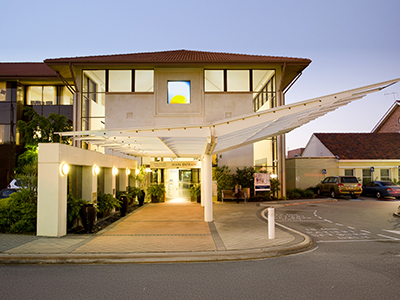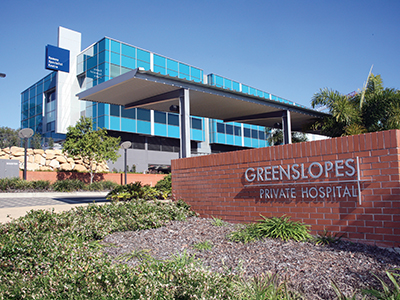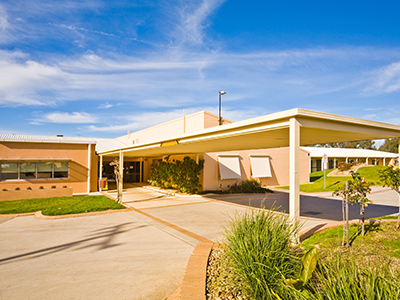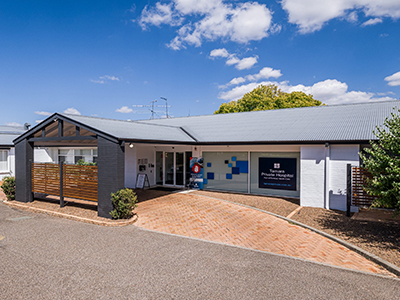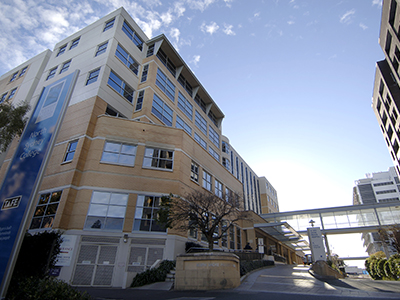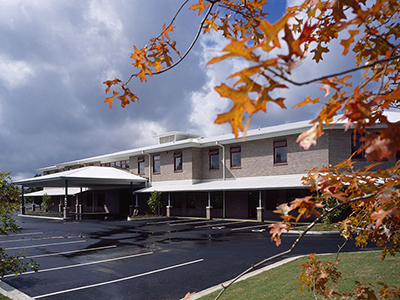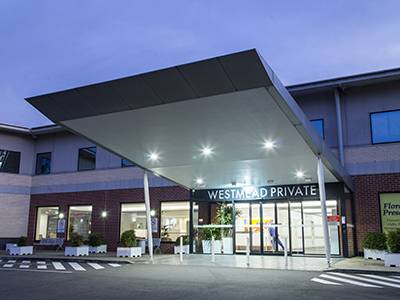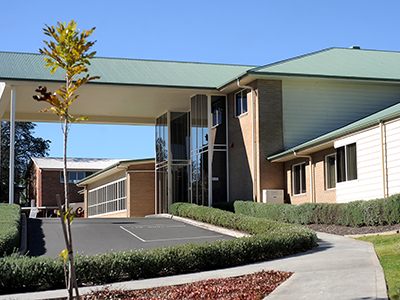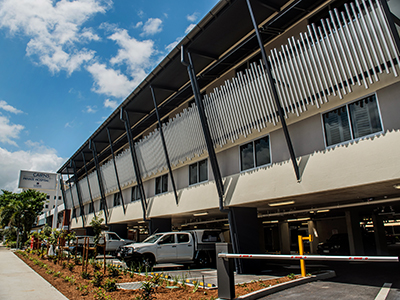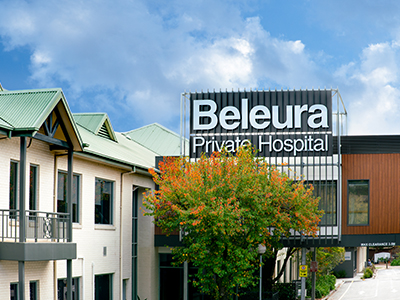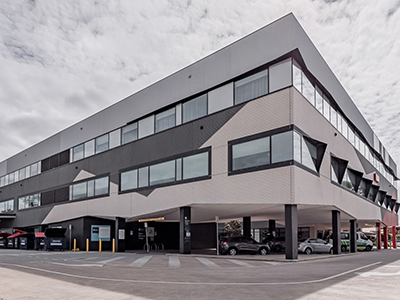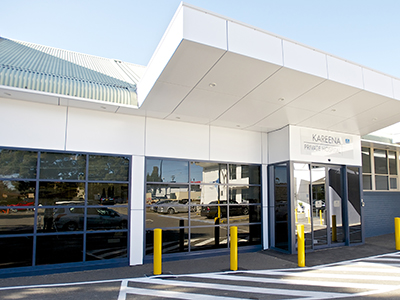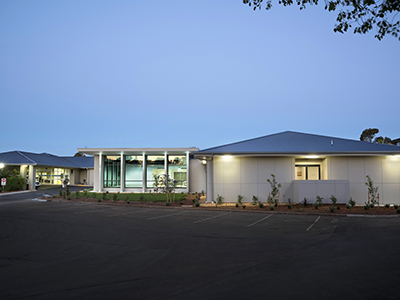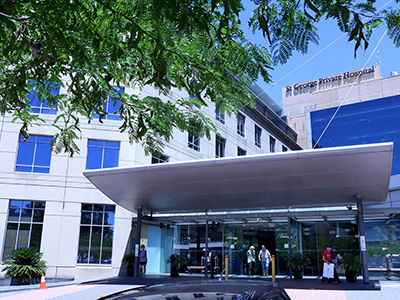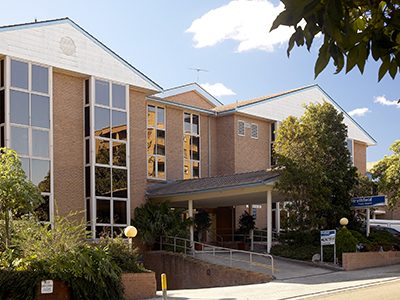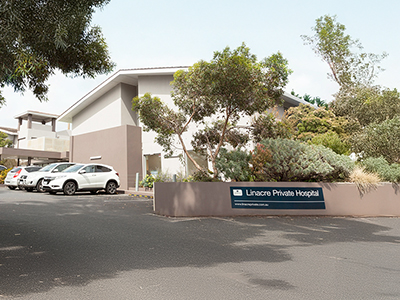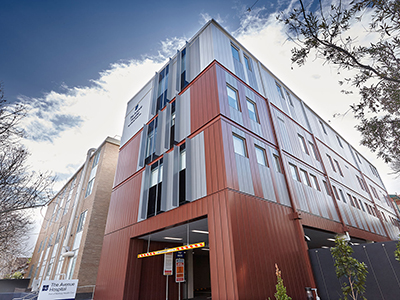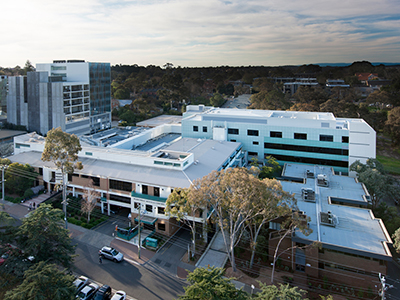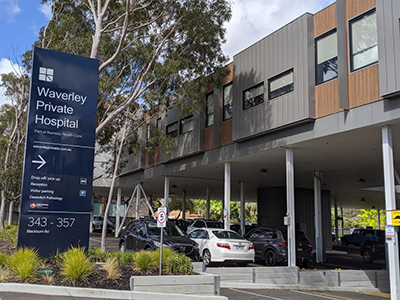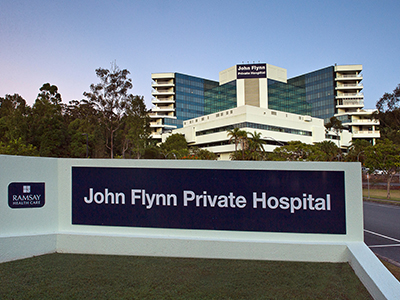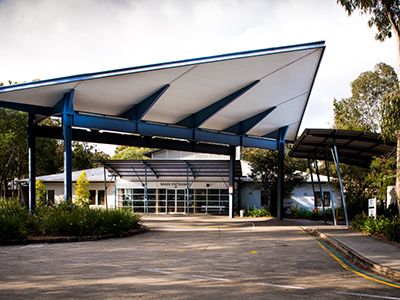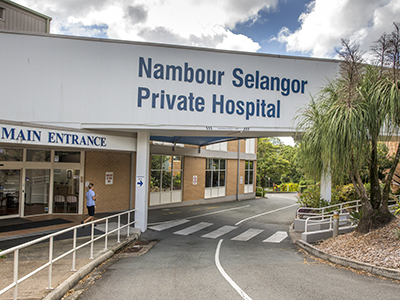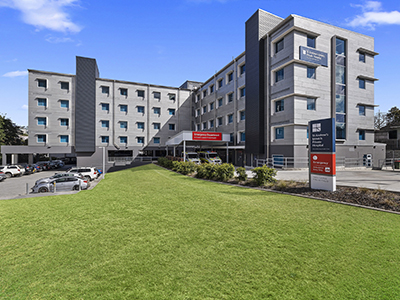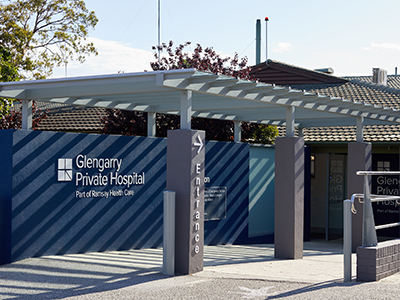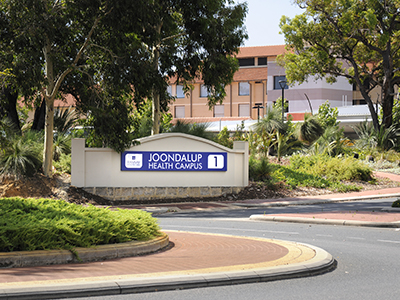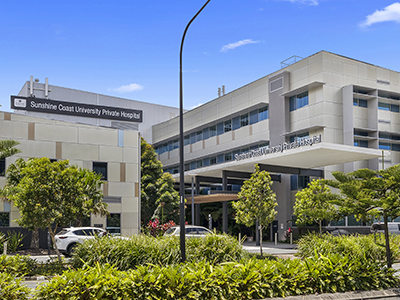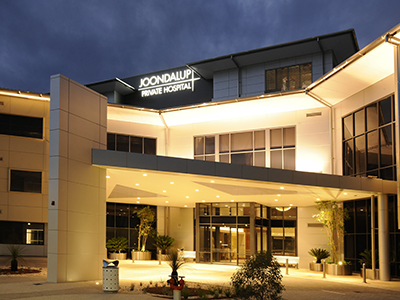Vascular surgery
The vascular system is an important part of the body. Also known as the circulatory system, it’s made up of your blood vessels – the arteries, capillaries and veins that carry blood and fluid around your body.
Vascular conditions are common, especially as we get older, and are often linked with other health issues such as diabetes or heart disease.
Living with a vascular condition can affect your daily life but there are many ways to manage and treat it. Options may include lifestyle changes, medication or surgery. Your Ramsay Health Care team works with vascular specialists and surgeons to provide personalised care and support, tailored to your needs.
Common conditions
Vascular disease can affect many parts of the body. Below is a list of common vascular conditions. Click the plus sign (+) next to any heading for more information.
Aortic disease
Aortic disease is a collective term for a number of conditions that affect the aorta – the largest artery in the human body. The three most common aortic diseases are aortic dissection, aortic aneurysm, and aortic occlusive disease.
Current and former smokers, and people over the age of 65 are often considered at higher risk of aortic disease. Men over the age of 55 and women over the age of 65 who have a family history of aortic disease or abdominal aortic aneurysm may also have an increased risk.
Carotid artery disease
Carotid artery disease is when fatty deposits known as plaque create blockages in the carotid arteries (the blood vessels that deliver blood to the brain and head). This can lead to a stroke.
Many people do not have any symptoms of carotid artery disease, especially in the early stages. In fact, the first sign of a problem could be a mini-stroke. Symptoms to look out for include blurred vision or vision loss, confusion, memory loss, numbness or weakness in one side or part of the body, or trouble thinking, reasoning, or speaking.
Deep vein thrombosis
Deep vein thrombosis (also known as deep venous thrombosis or DVT) is when a blood clot forms in one or more of the deep veins in the body – usually in a leg. This can cause pain or swelling. However, sometimes there are no noticeable symptoms at all.
Some people are at greater risk of DVT because they have an underlying health issue that affects how their blood clots. A person might also develop a clot if they are not moving much (for example, during long-distance travel or while on bed rest). Blood clots can be dangerous, as they can break loose and travel through the bloodstream to the lungs, blocking blood flow to them. This is called an embolis.
Diabetic foot complications (including ulcers)
Foot problems are a common complication of diabetes. They can develop over time if there are high levels of sugar in the blood, which can damage nerves and blood vessels. This is called diabetic neuropathy and symptoms can include numbness, tingling, pain, or a loss of sensation.
Not being able to feel your feet properly can be dangerous. If a person is less sensitive to pain, they might not know if they have a cut, blister, or ulcer. This could allow the wound to become infected without them realising. Someone who has diabetic neuropathy might also have trouble recovering from an infection due to poor blood flow.
Lower limb ulceration
Lower limb ulcers are deep sores that can develop on a person's legs or feet. They can be quite painful, with possible symptoms including bleeding, dry skin, rash, and swelling. Ulcers are often caused by poor circulation and damaged veins, which can be side effects of chronic health conditions like diabetes.
Peripheral Artery Disease (PAD)
Peripheral artery disease, also called peripheral vascular disease or PAD, is a long-term condition that reduces blood flow in the arteries. It happens when arteries become narrow or blocked, often due to a build-up of fatty deposits called atherosclerosis.
PAD is one of several chronic arterial conditions that can affect circulation. This can cause pain or make it difficult for wounds to heal. While PAD develops gradually, it can sometimes lead to sudden problems like blockages.
Varicose veins
A varicose vein is a vein that has become enlarged and/or started to bulge. They can develop when a vein weakens or starts to leak, allowing blood to flow in the wrong direction. The trapped excess blood can put pressure on the vein, making it bulge.
Varicose veins most often appear in our legs, although any vein that is close to the skin can be affected. Mild varicose veins are often known as ‘spider veins’.
Varicose veins are common, and for many people they are no more than a cosmetic concern. However, some varicose veins can cause pain or even lead to more serious health issues.
Services overview
Ramsay Health Care's hospitals offer a wide range of vascular services around Australia. Below is a general guide to some of the most common. The most appropriate treatment for you will depend on a number of factors, and your doctor will tailor your care plan based on your specific needs and goals. Click on the plus sign (+) next to any of the headings below for more information.
Arterial bypass and endarterectomy
Endarterectomy and arterial bypass are two procedures used to treat peripheral vascular disease.
Endarterectomy involves opening the artery to remove any fatty deposits, then closing it with a patch of vein or prosthetic material.
In an arterial bypass, a surgeon creates an alternate route for blood using a plastic tube or a vein harvested from the leg or arm. The new route allows the blood to bypass the narrowed section of artery.
Carotid stenting
Carotid artery stenting is a procedure used to treat carotid artery disease. It involves implanting a small, expandable wire cylinder known as a stent in the narrowed section of artery. The aim is to support arterial walls and prevent any blockages.
Carotid stenting is a minimally invasive procedure. It is sometimes recommended for patients for whom carotid endarterectomy is considered too risky.
Diagnostic angiogram
Diagnostic angiogram is an imaging procedure that uses a special dye and X-rays to examine a person's arteries and/or veins. It’s often used to diagnose and assess peripheral vascular disease, arterial aneurysms, and venous disorders like extensive deep vein thrombosis.
Dialysis access
Dialysis is an essential therapy for people who have kidney failure. It removes impurities and excess fluid from their bloodstream, the same as a healthy kidney would. There are two types of dialysis – peritoneal dialysis, which is administered via a catheter in the abdomen; and haemodialysis, which is administered via a catheter in the arm.
Dialysis access is a procedure in which a surgeon creates an entry point for the catheter. There are various methods for doing this, depending on the patient's circumstances and needs, and all are considered relatively simple, minor surgeries.
Embolisation
Embolisation is a minimally invasive procedure used to prevent blood from flowing to a particular part of the body. This is often done to control or prevent bleeding, block an aneurysm, or shrink a tumour. It is performed by injecting medication and/or synthetic materials directly into the affected blood vessel.
Endoluminal abdominal aortic aneurysm repair
Endoluminal repair is a procedure designed to treat an abdominal aortic aneurysm.
The abdominal aorta is the large artery that carries blood from the heart to the torso and legs. An aneurysm is a widening of this artery. Endoluminal repair invovles placing a graft within the aneurysm to exclude it from the normal circulation of blood. The aim is to take pressure off the aneurysm and prevent it from rupturing.
Endovascular aneurysm repair (EVAR)
Endovascular aneurysm repair (also known as EVAR) is a procedure used to repair an aneurysm in the abdominal or thoracic aorta. It's performed using a catheter inserted in the femoral artery. It is usually less invasive than surgical repair.
Mesenteric angioplasty and stenting
The mesenteric vessels supply blood to the stomach, liver and intestines. Most people have three of them.
Severe narrowing of these blood vessels is known as mesenteric vascular disease. It can cause symptoms like abdominal pain, weight loss, fear of food, nausea, vomiting, and diarrhoea.
Mesenteric vascular disease can sometimes be treated with angioplasty and stenting. Angioplasty uses small balloons to open up the narrowed part of an artery, while stenting uses a fine mesh cylinder to support the artery walls and keep them permanently open.
In other cases, surgery is needed to remove plaque from the blood vessel, or to create a bypass so blood can flow around the narrowed section.
Peripheral arterial angioplasty and stenting
Peripheral arterial angioplasty and stenting are two procedures used to treat peripheral vascular disease.
In a peripheral arterial angioplasty, X-rays and contrast dyes are used to examine and assess an affected artery. If required, the surgeon might also implant a stent during the same procedure. The stent is a fine mesh cylinder designed to permanetly support the walls of the artery, holding them open and preventing any blockages.
Thrombolysis
Thrombolysis is a form of emergency therapy that aims to break down blood clots. This is done using medication, which is administered through an intravenous line or a long catheter.
Vascular angioplasty
Vascular angioplasty is used to treat severe leg cramps caused by walking and other types of movement-related pain.
The procedure usually begins with an examination of the affected artery or vein using X-rays and contrast dye. Angioplasty balloons may be used to open up any narrowed sections of the blood vessel. The surgeon might also implant a fine mesh cylinder known as a stent to permanently support the aterial walls.
Varicose vein surgery and endovenous laser therapy
Varicose veins can often be managed at home by doing things like wearing compression stockings or elevating the legs. However, if a person has particularly large or twisted veins, their doctor might recommend surgery.
Traditional varicose vein surgery is usually performed in an operating theatre, under general anesthesia. In some cases, varicose veins may also be treated with endovenous laser therapy. Laser therapy is less invasive than traditional surgery, which can mean fewer scars and a faster recovery time.
Visceral artery aneurysm coiling
Visceral artery aneurysm coiling is a procedure used to treat an aneurysm in an abdominal organ (for example, the liver or spleen). An aneurysm is when part of an artery wall weakens and balloons out. Left untreated, an aneurysm can burst, causing injury or even death.
Visceral artery aneurysm coiling is performed by filling the ballooned section of an artery with coils. The aim is to prevent blood from entering the bulge, which can take the pressure off it. This is designed to prevent any further weakening of the arterial wall and make it less likely to rupture.
Ramsay Newsroom
Stay up-to-date with hospital news, developments, research highlights and innovation.
